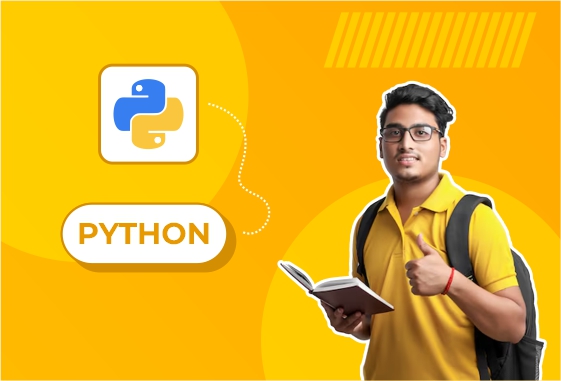
Digital Library System
???? Project Title:
Digital Library System
???? Summary:
The Digital Library System is an online platform designed to store, organize, and provide access to digital resources such as e-books, research papers, articles, and multimedia content. It enables users to search for and read materials from a wide range of categories, including academic resources, literature, and reference materials. The system offers efficient management of digital content, making it easy to add, update, and remove resources while providing users with easy navigation and access.
✨ Key Features:
User Registration & Login: Secure user authentication to access the library's digital resources.
Search & Filter: Advanced search options to find books, articles, or resources based on title, author, category, or keywords.
Book Preview & Read: Users can preview books or articles before downloading or reading them online.
Download & Borrow: Allow users to download e-books or borrow digital resources for a set period.
Category & Tagging: Resources are categorized and tagged for easy navigation and to improve the discoverability of content.
Bookmarking & Notes: Users can bookmark their progress and make notes on resources for future reference.
Content Management System (CMS): Admins can add, update, and remove resources, ensuring the library's collection is up-to-date.
Review & Rating: Users can review and rate books or articles, helping others make informed decisions.
Digital Rights Management (DRM): Prevent unauthorized copying, distribution, or sharing of digital resources.
Resource Recommendations: Based on the user’s history and preferences, the system can suggest relevant materials for further reading.
Multimedia Support: The platform supports various file formats, including PDFs, ePubs, audio, and video files.
Admin Dashboard: Admins can monitor library usage, manage user roles, and generate reports on resource activity.
Mobile-Friendly: A responsive design to ensure users can access the library from any device (desktop, tablet, mobile).
????️ Technologies Used:
Frontend: HTML, CSS, JavaScript (React.js or Angular for dynamic content)
Backend: Node.js, Django, or Laravel for managing requests and backend operations
Database: MySQL, PostgreSQL, or MongoDB to store user data, resources, and other library information
File Storage: AWS S3 or local storage solutions for storing digital resources
Authentication: OAuth, JWT, or session-based authentication for secure user access
Digital Rights Management (DRM): Integration with DRM solutions for resource protection
Search Engine: Elasticsearch or Apache Solr for fast and efficient search functionalities
Payment Gateway (Optional): Stripe or PayPal for premium or paid resources
Hosting: AWS, Heroku, or DigitalOcean for hosting the platform
Version Control: Git/GitHub for team collaboration
⚙️ Working Process:
User Registration: Users sign up to create an account and gain access to the digital library.
Resource Management: Admins add, categorize, and manage resources within the system. Each resource is tagged and stored with metadata like author, title, and genre.
Search & Discovery: Users can search for resources based on keywords, authors, or categories. The system returns relevant results with options to filter and sort them.
Resource Viewing: Once a user selects a resource, they can preview the content before deciding whether to read, download, or borrow.
Borrow/Download Process: Users can borrow or download e-books for a certain period. The system ensures the DRM protection of the resources.
Review & Rating: After reading a resource, users can leave reviews or ratings to help others find quality content.
Admin Monitoring: Admins manage user access, monitor downloads or reads, and update or remove content as necessary.
Recommendations: The system can suggest resources to users based on their reading history, interests, or genre preferences.
Access Analytics: Admins can access analytics to see which resources are popular, track borrowing rates, and get insights into user engagement.
✅ Benefits:
Convenience: Users can access a wide range of resources online without the need for physical books or visits to a library.
Time-Saving: Advanced search and filtering capabilities allow users to find content quickly, improving the overall user experience.
Scalability: The platform can easily accommodate thousands of resources and users without compromising performance.
Resource Sharing: Users can borrow or download resources, enabling a more flexible way of consuming content.
Accessibility: Students, researchers, and the general public can access educational and informative materials from anywhere.
Efficient Content Management: Admins can efficiently organize, update, and protect resources, ensuring the digital library remains relevant and secure.
User Engagement: Reviews and ratings help create a community around the library, encouraging interaction and feedback on resources.
Secure Resource Access: DRM features ensure that content is protected against unauthorized copying or distribution.
Cost-Effective: Reduces the costs of physical storage and distribution while providing wider access to educational materials.
Cross-Platform Access: Users can access the library via mobile, tablet, or desktop, providing flexibility and ensuring convenience.
Revenue Opportunities (Optional): The platform can offer premium resources, subscription-based models, or donations to support library upkeep.





